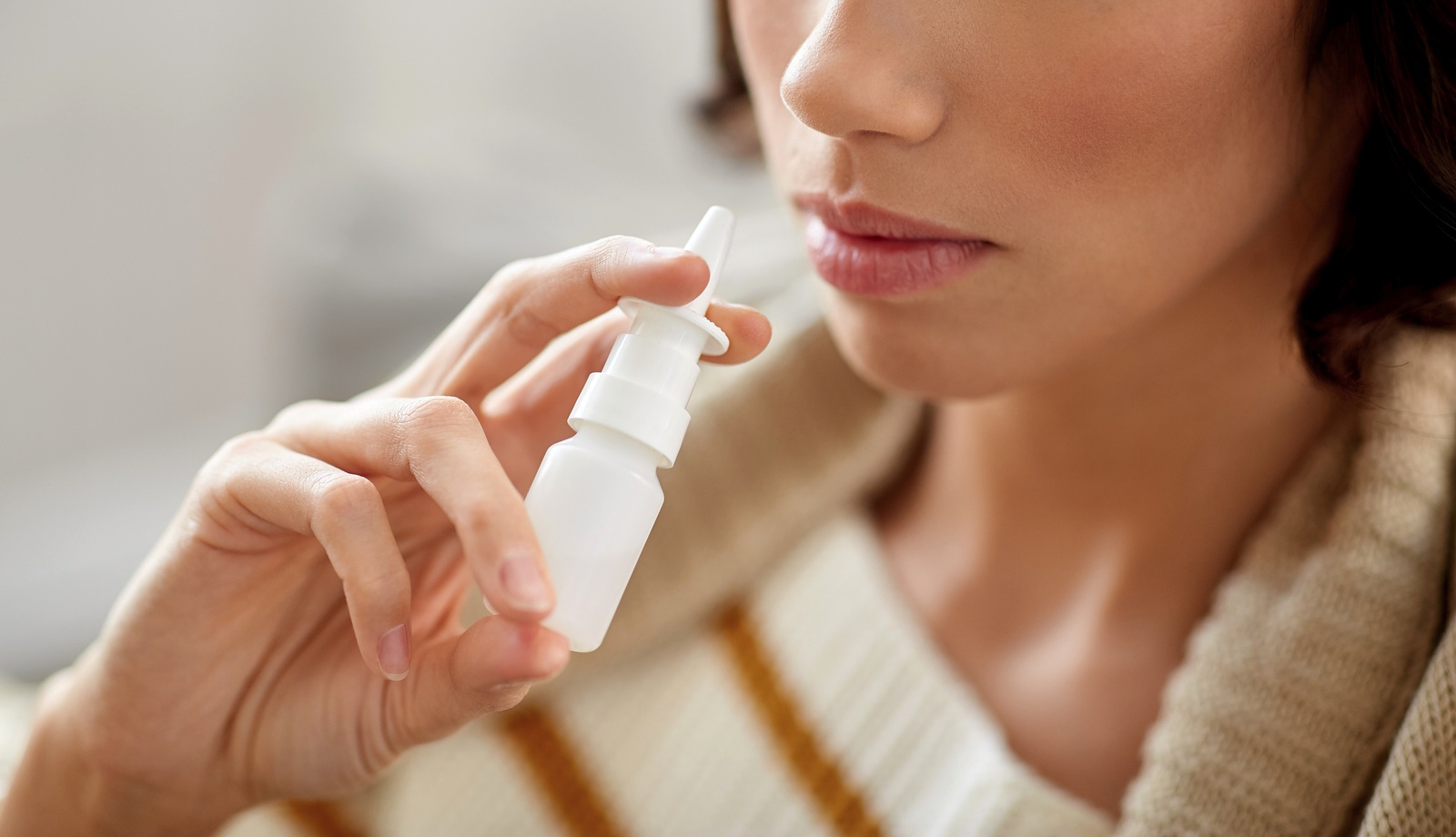Nasal tanning, also called melanotan nasal spray or MT2 nasal spray, has became popular lately as a technique to obtain a suntan without contact with harmful Ultra violet rays. Here’s everything you should understand about nasal tanners:
1. Precisely what is Nasal Tanning?
best nasal tanners requires using a nasal spray that contain melanotan, a synthetic bodily hormone that copies the act of melanocyte-exciting hormonal agent (MSH) in your body. MSH is accountable for revitalizing melanin creation, the pigment which gives epidermis its shade.
2. How Exactly Does it Operate?
Once you spray melanotan in your nostrils, it goes in your blood and stimulates the production of melanin with your skin area. This method generates a tan that grows progressively over time. Nasal tanning normally requires less sun exposure compared to classic tanning strategies.
3. Advantages of Nasal Tanners
One of the major advantages of nasal tanners is the capability to achieve a tan without extented exposure to UV rays, reducing the risk of sunburn and skin problems. Furthermore, nasal tanning can offer a far more even and regular tan when compared with natural exposure to the sun.
4. Threats and Side Effects
While nasal tanners provide an alternative to sunbathing, they are certainly not without risks. Quite a few users may experience adverse reactions including queasiness, skin flushing, and improved libido. Long-term consumption of melanotan nasal spray has additionally been connected with probable health risks, such as changes in moles and pigmented skin lesions.
5. Authorized Reputation
The legal reputation of nasal tanners may differ by land. In certain regions, melanotan nasal spray is available for obtain on the internet or through specific treatment centers, when in others, it really is considered a prescription drugs or banned altogether due to security problems.
6. Usage and Dose
Appropriate amount and utilization recommendations for nasal tanners are very important to reduce the risk of adverse effects. It’s important to adhere to the manufacturer’s referrals carefully and avoid exceeding the suggested dose.
7. Alternate options
For people cautious about the possibility dangers related to nasal tanning, there are substitute techniques for reaching a tan, such as self-tanning creams, sprays, and bronzers. These kinds of products have dihydroxyacetone (DHA), which reacts with amino acids within the skin area to produce a momentary suntan without being exposed to UV rays.
In conclusion, nasal tanners give a hassle-free replacement for conventional tanning methods, enabling individuals to achieve a suntan without extented sun exposure. Nonetheless, it is vital to consider the potential risks and adverse reactions before utilizing these products as well as to adhere to suitable amount and consumption rules for the utmost safety.



